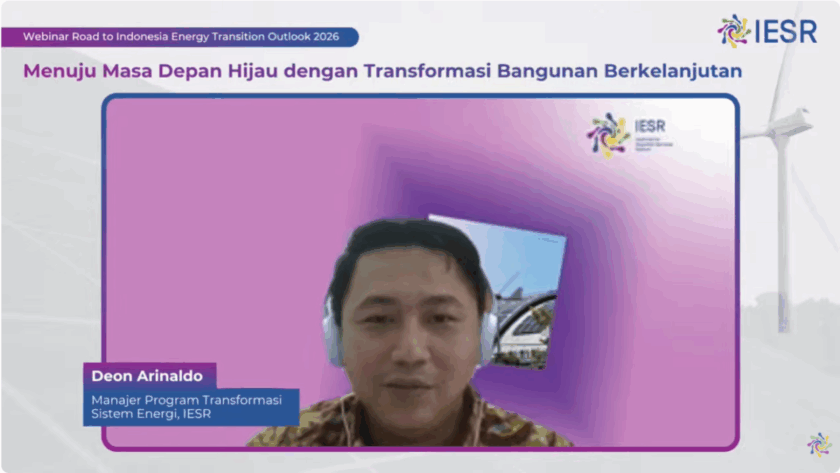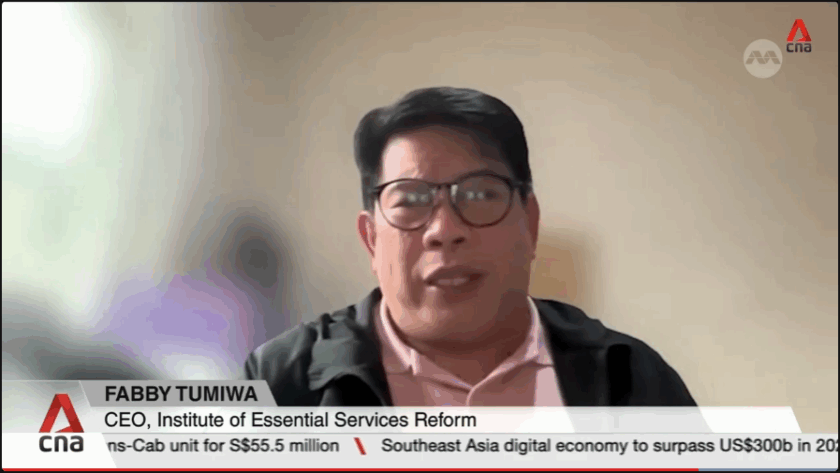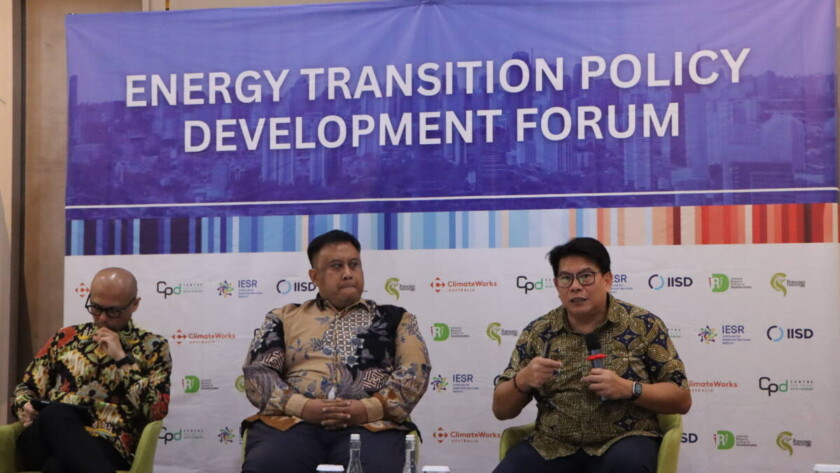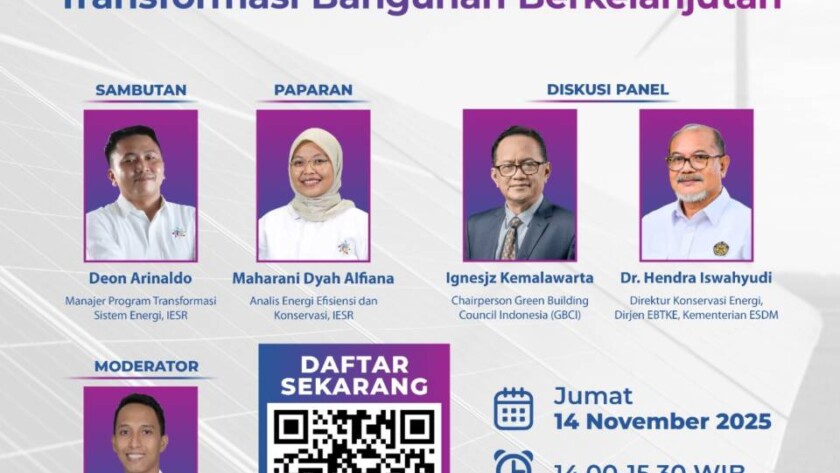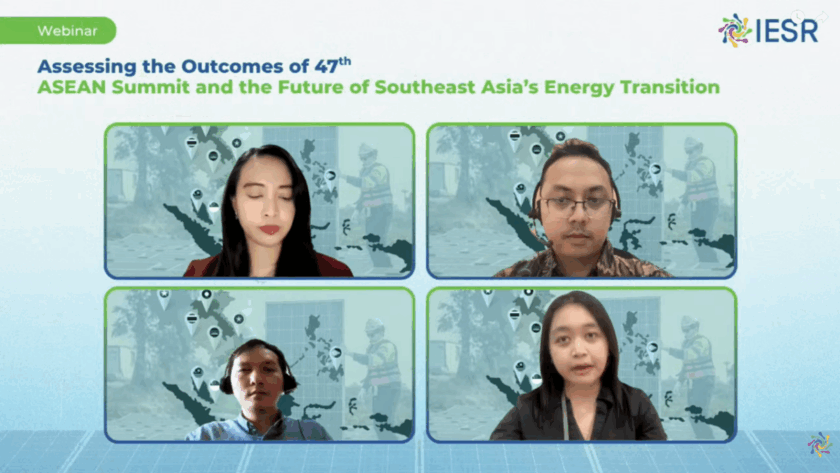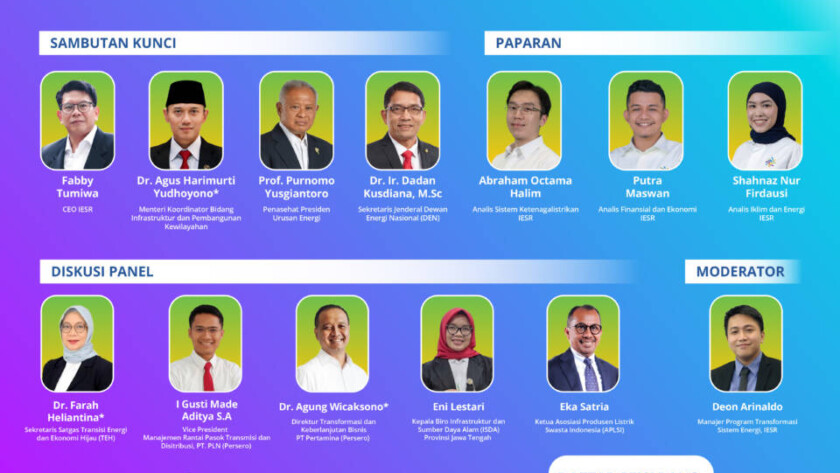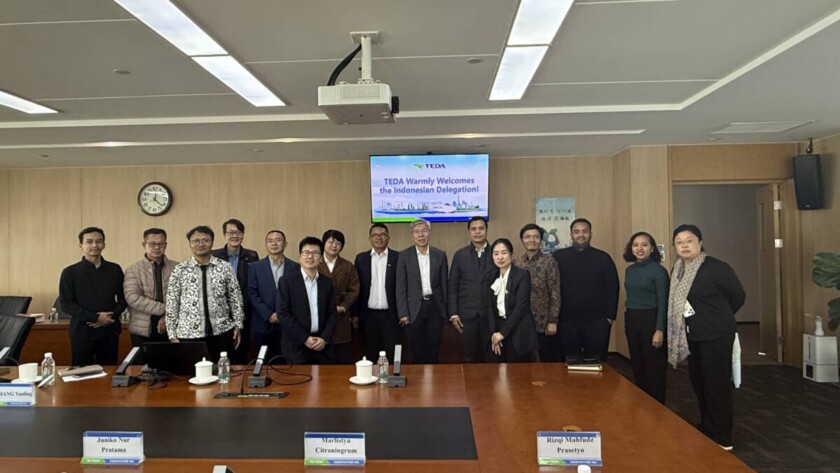Replay Event
DAY 1
DAY 2
Background
Indonesia is currently at a critical juncture in its energy transition journey toward a cleaner, more sustainable, and equitable energy system. The country’s heavy reliance on coal as its primary energy source has resulted in significant environmental and social impacts, posing major challenges to achieving its net-zero emissions…


